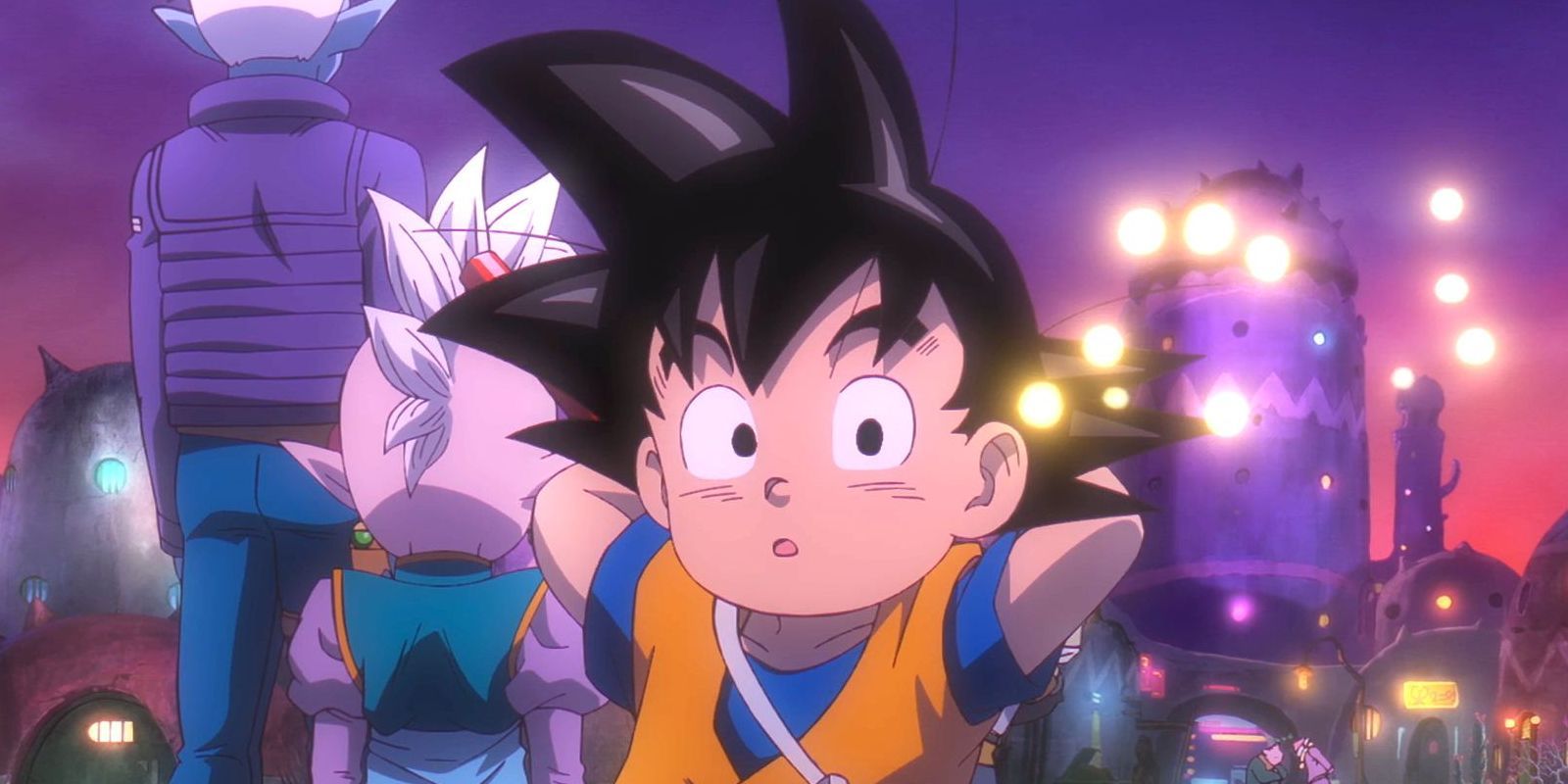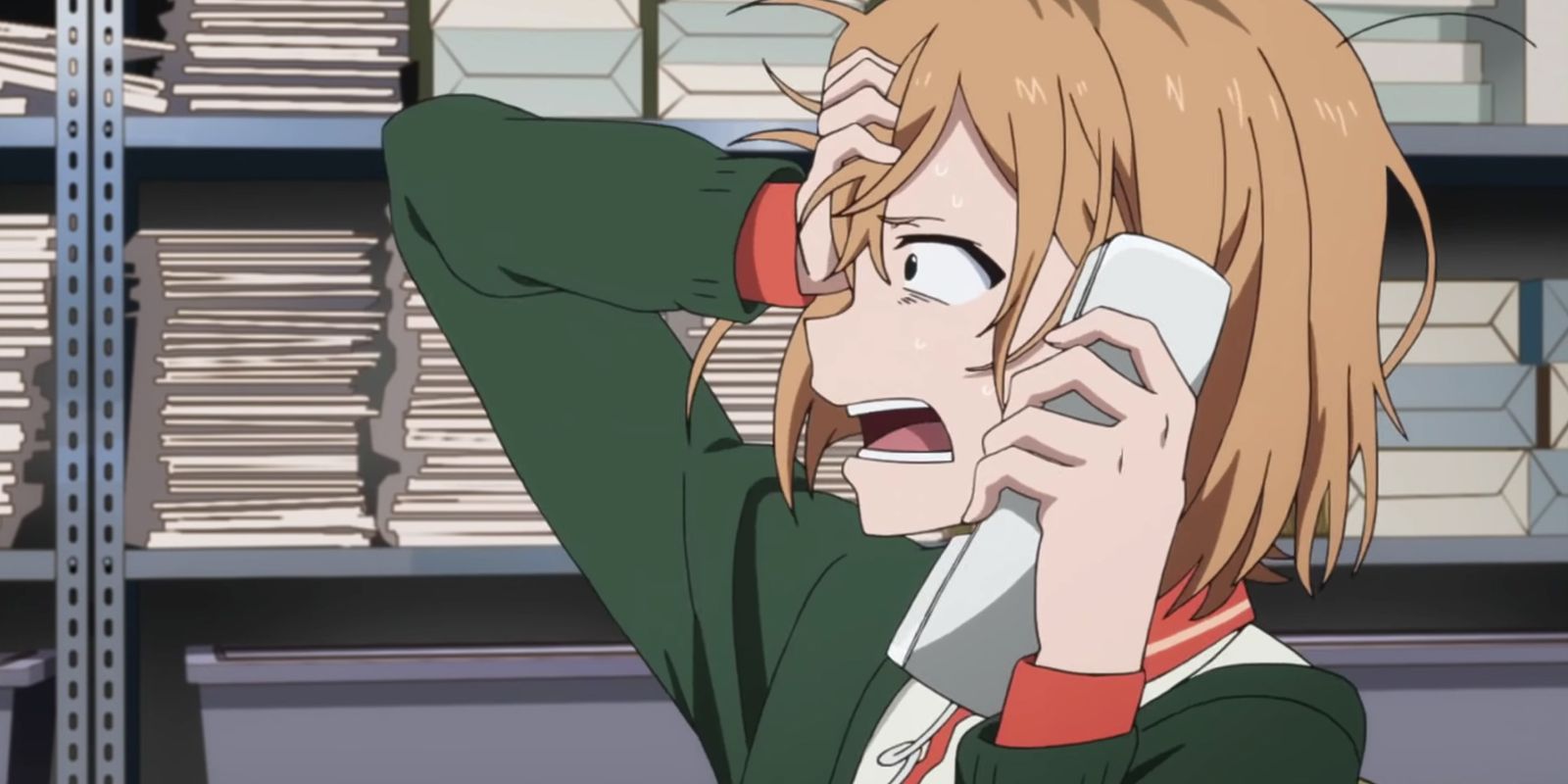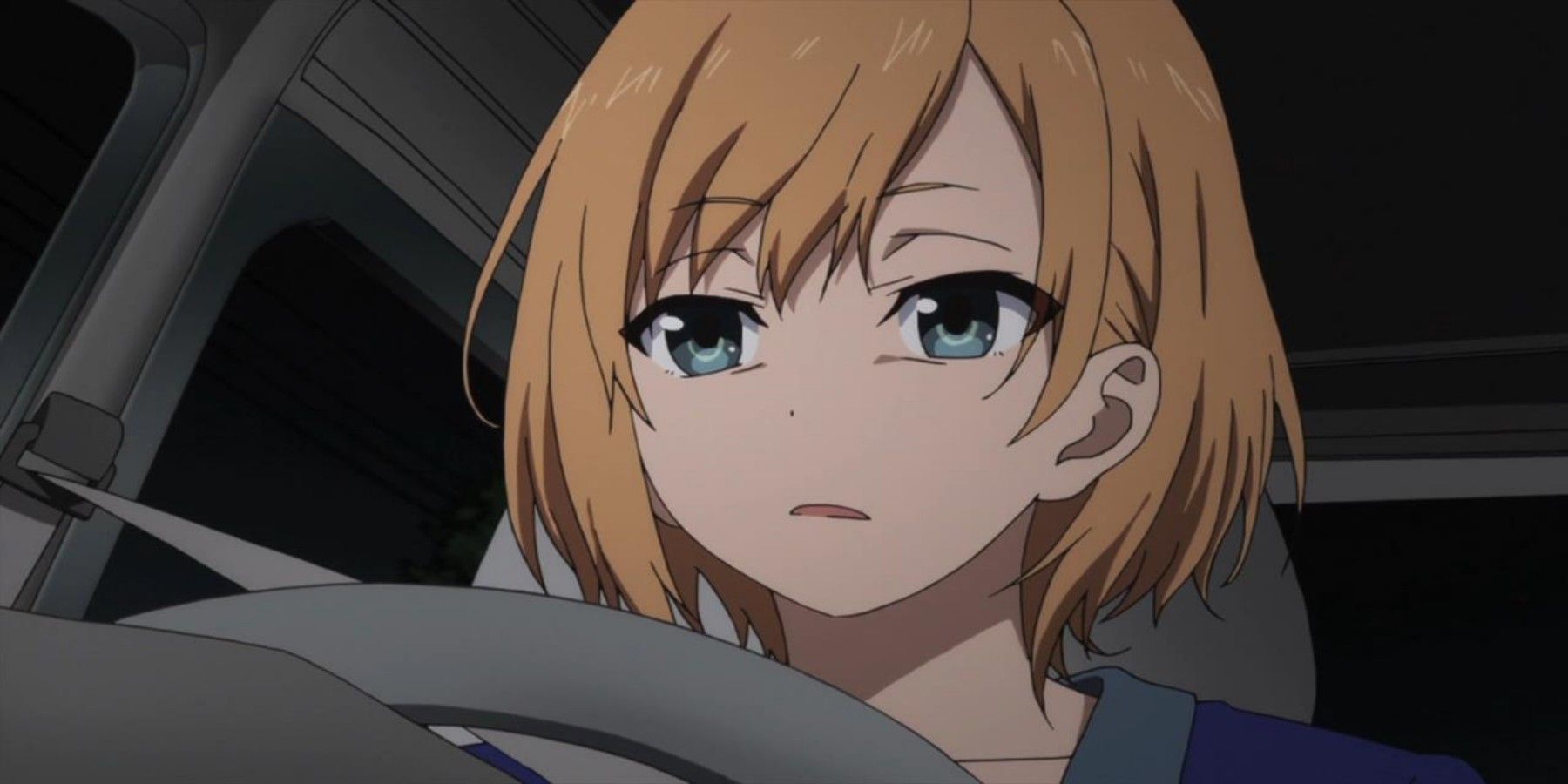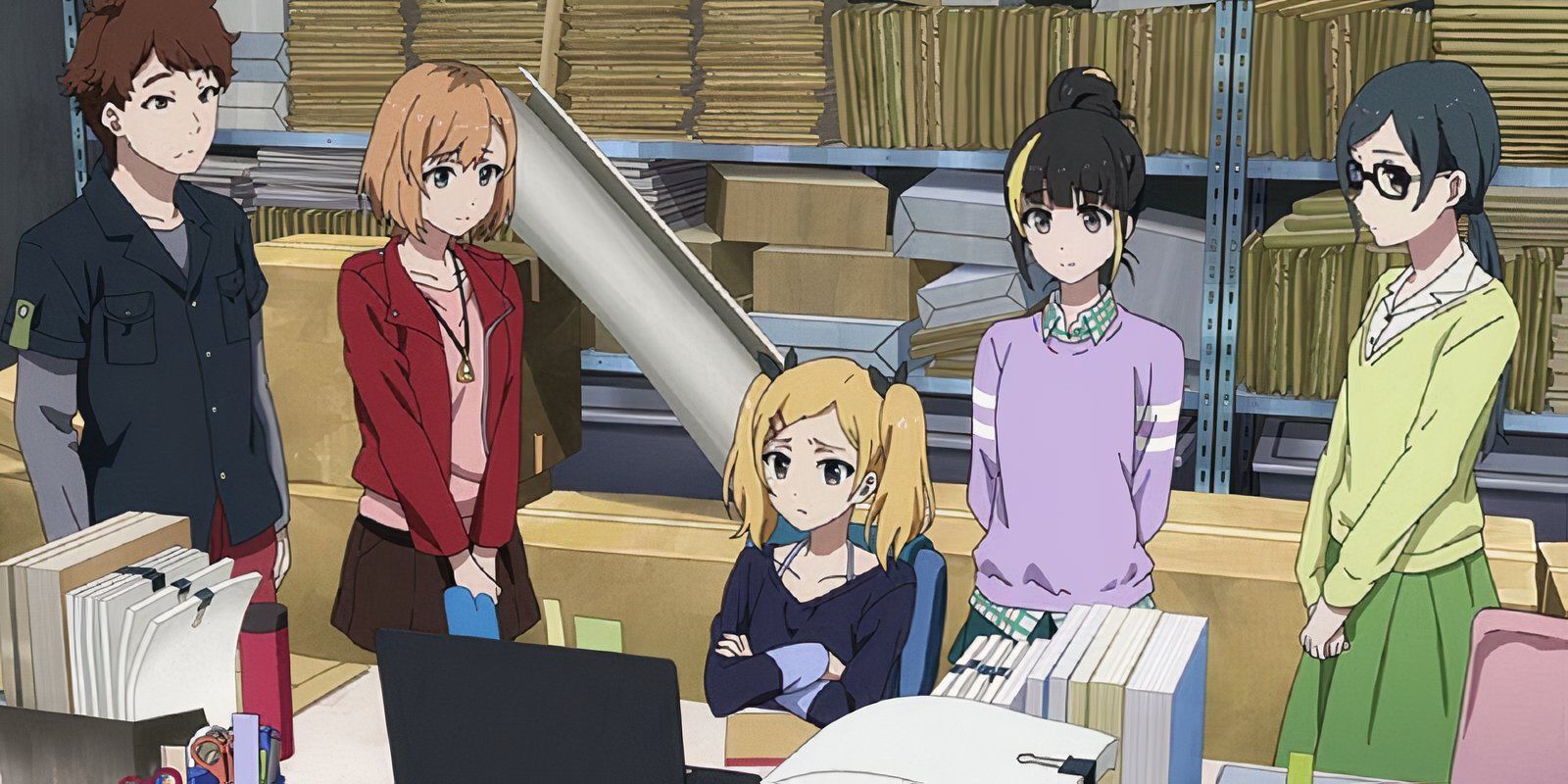
Summary
- The anime industry has surged in the past decade due to overseas market growth, but worker conditions haven’t improved.
- Voice actors and animators face issues such as delayed payments and lack of labor unions to advocate for better wages.
- Rising competition among studios and the potential threat of generative AI replacing workers are additional challenges faced by the industry.
I’m absolutely fascinated by a recent report from Bloomberg that sheds light on the challenging circumstances within the anime industry. As a passionate fan, I’ve been captivated by tales shared by insiders such as a Toei Animation employee who has contributed to iconic series like Dragon Ball and One Piece. The insights they’ve provided are truly enlightening.
As reported by the Association of Japanese Animation (AJA), an organization primarily connected to production companies rather than workers, the anime market has experienced a significant increase over the past decade – a significant chunk of this growth is attributed to the expansion of the international market (since most transactions occur in dollars). However, numerous workers have expressed concerns that, despite the promising figures presented by AJA, their working conditions within the industry haven’t shown improvement. The United Nations has echoed these sentiments and even issued a cautionary statement suggesting that the anime industry could face collapse if it fails to address wage issues and work hours.
What Do The Workers Claim?


The Bloomberg report features testimonies from individuals such as VA Yumiko Shibata (known as Shunrei in Saint Seiya), who maintains that despite spending a decade in the industry, her daily wage has consistently been around 5,000 yen or approximately $33. A sound producer reveals that voice actors often have to wait around six months before receiving payment for their work, with the possibility of not getting paid at all if the anime doesn’t generate enough profits. This is because the actors are compensated only after the production company receives payment from the client. Anime productions are typically funded by “production committees,” which consist of publishers, broadcasters, toy manufacturers, and other businesses that invest in the project and share both profits and copyrights. Although this practice helps minimize financial risk for each entity, it also leads to profits being distributed more widely among them.
As per Tetsuya Numako, an animator who has collaborated with Toei Animation on shows like Dragon Ball and One Piece, the company technically could increase salaries, but since voice actors and animators lack a labor union to exert pressure, they are less likely to ask for a raise. If they do so individually, the studio may opt to hire someone else instead. Additionally, industry insiders suggest that the escalating competition among studios has also played a role in wage stagnation – with higher competition, cheaper prices often prevail, forcing studios to make lower offers and thereby refrain from increasing wages.
Additionally, the rapid growth and insufficient oversight of generative AI is perceived as a potential risk to workers. This includes voice artists and animators who worry about being made obsolete by less expensive AI alternatives. Some studios are already incorporating AI, justifying it as a solution for “manpower scarcity”.
Typically, there’s been a difference of opinion between AJA and the Nippon Anime & Film Culture Association (NAFCA), regarding the realities of work conditions within the industry.
Are There Any Solutions for This?

In many cases, people hesitate to voice concerns about their working conditions due to fear of reprisals, such as being excluded from the industry altogether. Those who do speak up often allege that they are presented with agreements and contracts lacking clear terms – a practice that is both illegal for freelancers and subcontractors in Japan and is currently under government scrutiny.
With the United Nations investigating labor conditions within Japan’s industries, there’s a strong possibility that the government will face pressure to intervene. However, for animators and voice actors to make their voices heard effectively, they might need to unite and organize themselves. Furthermore, given the current complex state of international relations, such scrutiny could potentially carry substantial consequences for the industry at large.
Read More
- Nine Sols: 6 Best Jin Farming Methods
- How to Unlock the Mines in Cookie Run: Kingdom
- Top 8 UFC 5 Perks Every Fighter Should Use
- Invincible’s Strongest Female Characters
- Link Click Season 3 Confirmed for 2026—Meet the Mysterious New Character Jae Lee!
- How to Get 100% Chameleon in Oblivion Remastered
- Top 8 Weapon Enchantments in Oblivion Remastered, Ranked
- USD ILS PREDICTION
- MHA’s Back: Horikoshi Drops New Chapter in ‘Ultra Age’ Fanbook – See What’s Inside!
- How to Reach 80,000M in Dead Rails
2025-02-18 01:04